

CES 2024 kicks off on 9 January, but if you’re reading this on Monday, I’m already wandering through this technological wonderland, thanks to early media showcases. And over the past couple months, I’ve been combing through hundreds of advance announcements and embargoed news releases.
CES, like just about everything else in tech these days, will be AI heavy. Some of those AI applications will be useful, but I’m guessing some of them will be just plain dumb—I’ll be telling you more about AI at CES later this week. There will be some innovations that are at the “technology looking for a product” stage. In this category, my things-to-look-at list includes new variations of spatial audio, more efficient solar cells and other energy harvesters, a neural network based on insect brains, and a silicon micromotor.
These enabling technologies, for me, are the big game of CES. But CES also features a host of cute and colorful creatures—those tech gadgets you never knew you needed. Here in no particular order, are seven of the (hopefully) clever products I’ll be tracking down. I’ll update with pricing when those numbers become available.
Is this finally the “Tricorder” we’ve been waiting for?
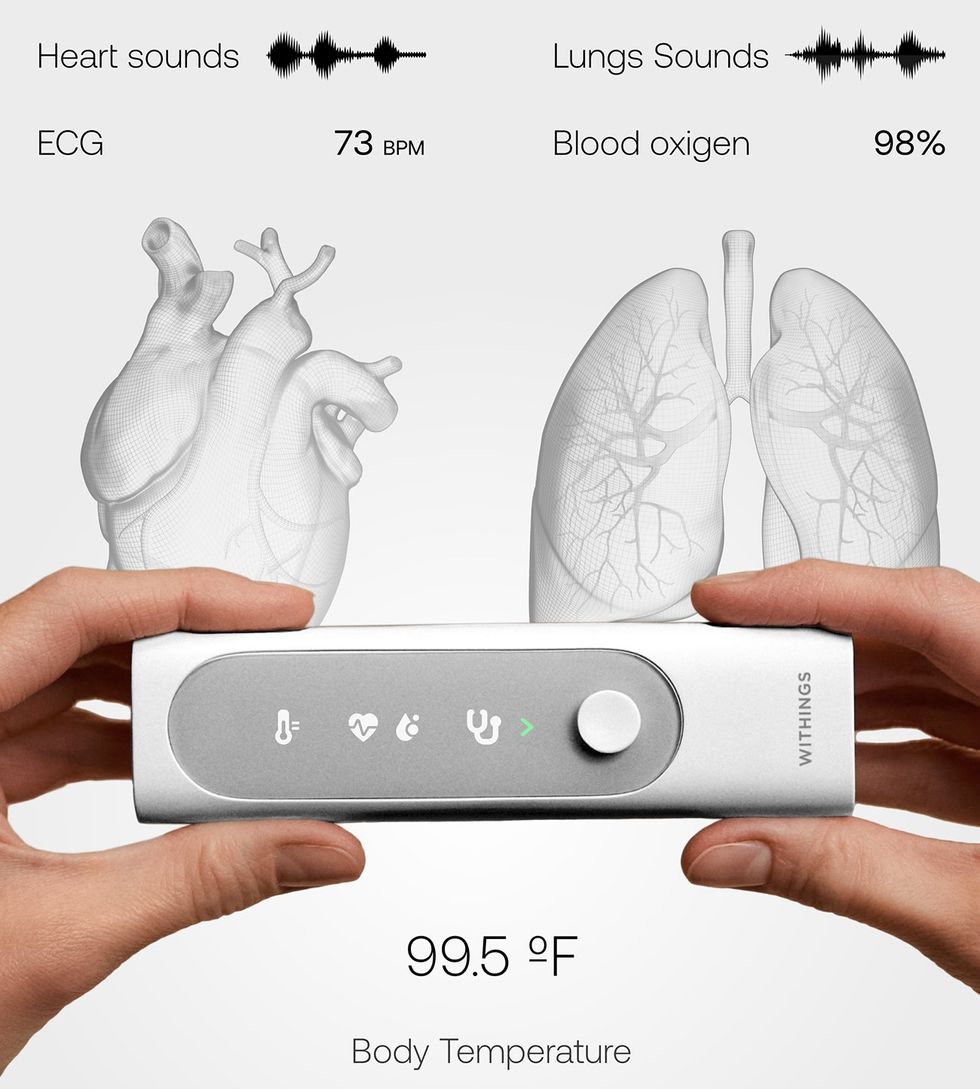 The BeamO is a compact health monitor for at-home checkups.Withings
The BeamO is a compact health monitor for at-home checkups.Withings
A real-world version of the Star Trek Tricorder has long been a grail for the consumer electronics industry. A decade ago, Qualcomm offered a multi-million dollar prize for any team that could create such a mobile diagnostic device, and in 2017 it crowned the winners. But that development didn’t quickly lead to a useful, multifunction health monitor arriving on pharmacy shelves.
Perhaps, however, that gadget is about to hit the market. Smart scale-maker Withings isn’t calling its new product a tricorder; instead, it calls its BeamO device a “multiscope” that is designed to monitor key vital signs—acting as a thermometer, oximeter, stethoscope, and electrocardiograph machine. The company says the package is smaller than a smartphone and intended for informal at-home checkups and telehealth visits. Withings says that its BeamO can perform blood oxygenation and heart rate readings at the same time that it conducts a medical-grade electrocardiogram (ECG), and then can be raised to take a temperature reading via an infrared scan of the temporal artery. To gather heart and lung sounds, the BeamO needs to touch the chest or back, where a piezoelectric disc in the device picks up sound waves; the sounds can be streamed to a remote physician. (Last year, the company introduced urinalysis in a toilet seat. That function is decidedly not included in this handheld device.)
Mirror, mirror, do I look stressed or depressed?
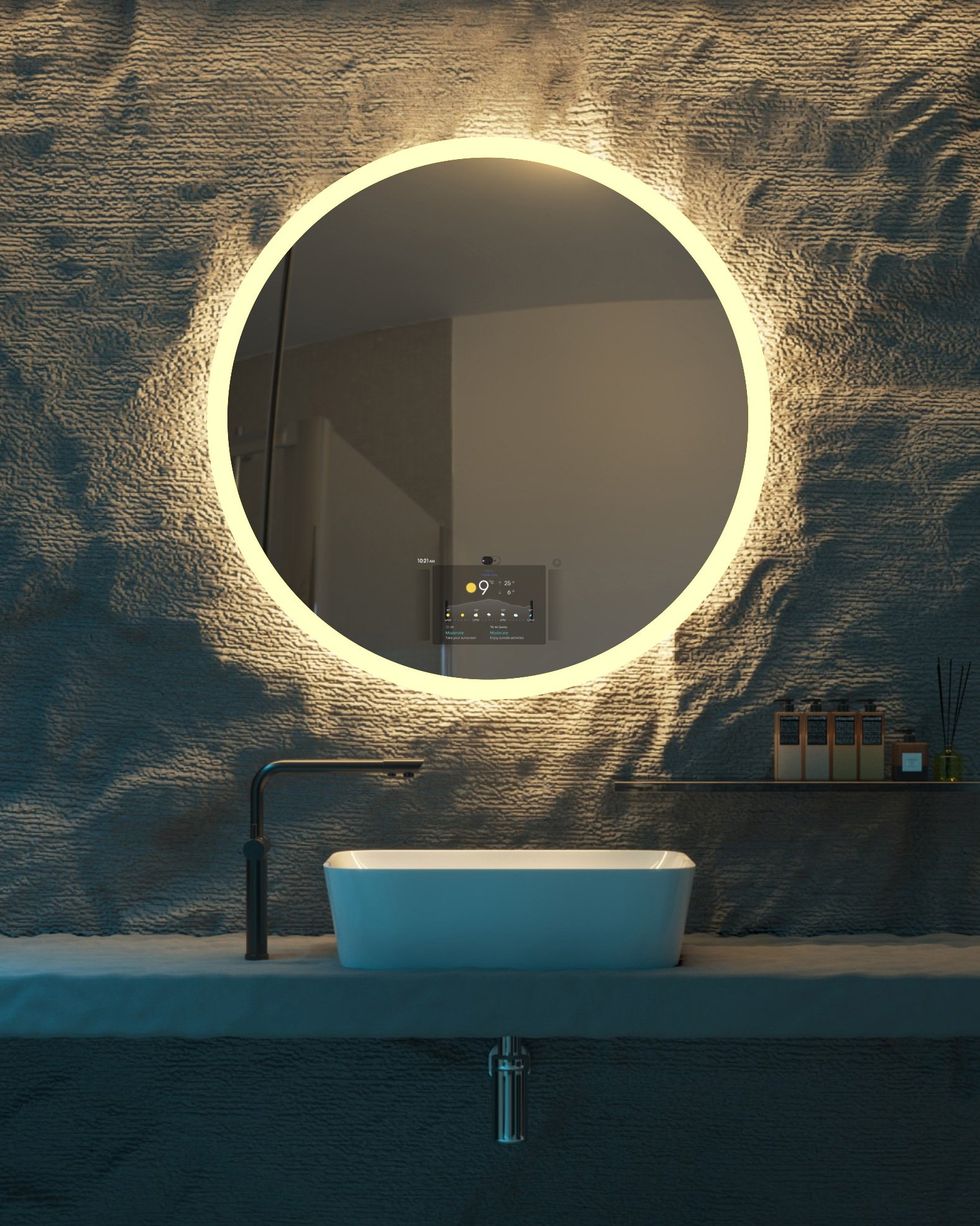 Gaze into the BMind smart mirror to gauge your mental state.Baracoda
Gaze into the BMind smart mirror to gauge your mental state.Baracoda
I’m not sure I want my mirror telling me I need to calm down. But maybe that’s just me, so I’m trying to keep an open mind about Baracoda‘s BMind smart mirror. The BMind, the company indicates, will not only recognize when a user’s mental state is less than par, but will suggest exercises and activities to improve it, including light therapy, guided meditation, and self-affirmations. Baracoda reports that the mirror uses the company’s AI-based CareOS operating system to interpret expressions, gestures, and spoken words, adapting to the user’s mood in real time.
Or, magic mirror, am I getting sick?
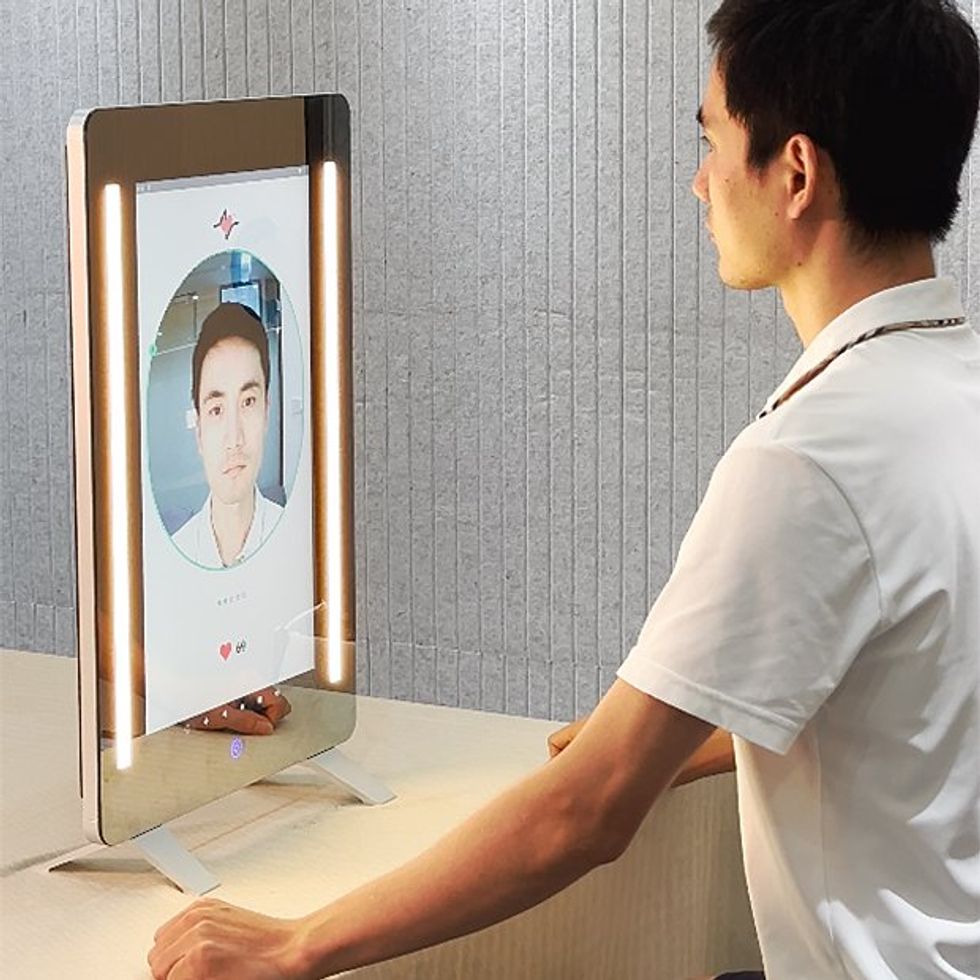 Or let the Anura MagicMirror check your vital signs.NuraLogix
Or let the Anura MagicMirror check your vital signs.NuraLogix
I debated whether to include another mirror—and another health-monitoring device—on this list. But the pandemic made many of us more concerned about variations in our own health, so it may be the right time for NuraLogix’s Anura MagicMirror. The MagicMirror captures blood flow patterns and analyzes them to determine heart rate, respiratory rate, blood pressure, cardiac workload, mental stress, diabetes risk, fatty liver disease risk, and other vital signs and disease potentialities. (Last year, the company introduced some of these capabilities in a smart phone app.) It also assesses facial skin age—after a couple of days of moisture-sucking Vegas air, late nights, and fluorescent lights I can’t imagine that that assessment will go well. But I will check it out.
Look Ma, no plug! This EV runs on solar
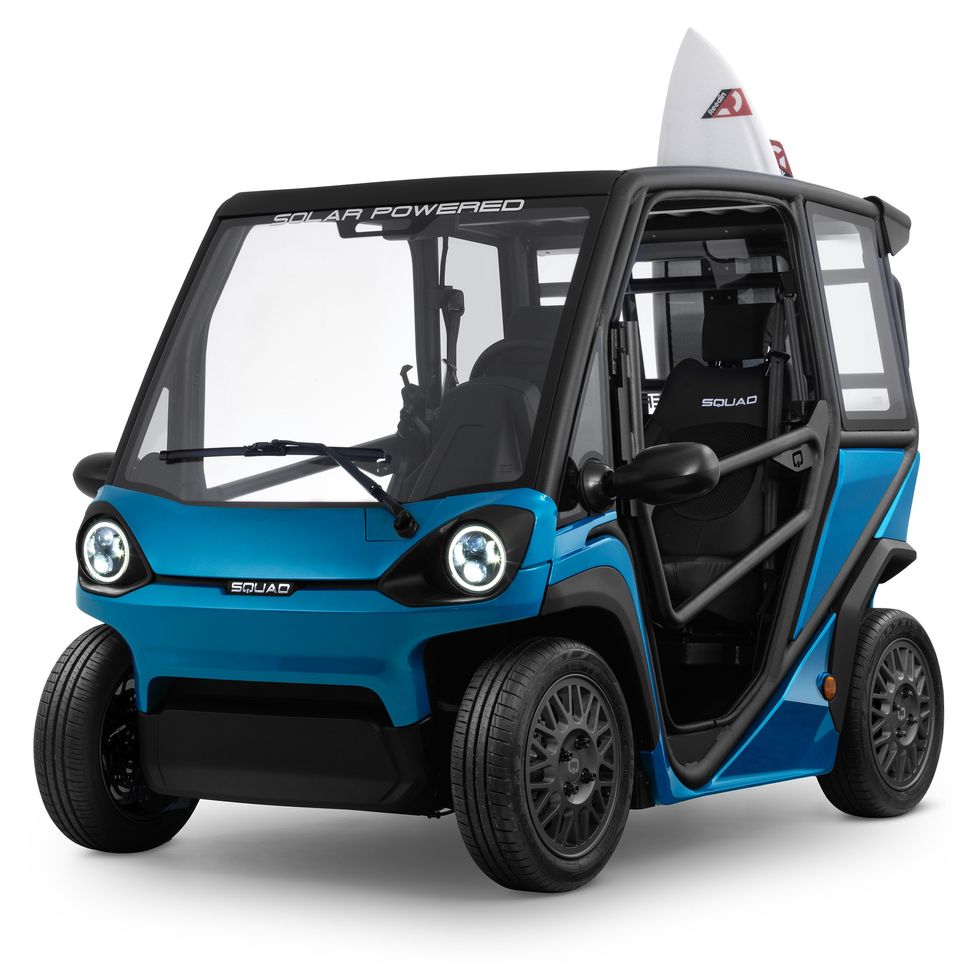 Get around town in Squad Mobility’s plugless Solar Buggy.Squad Mobility
Get around town in Squad Mobility’s plugless Solar Buggy.Squad Mobility
When I’ve been on vacation in recent years, I’ve noticed more people getting around beach towns in electric golf carts. Squad Mobility, based in the Netherlands, is taking the concept a step further: Its plugless EV charges directly from solar panels on the vehicle’s roof. That makes sense, given that these types of vehicles are mostly used in good weather. At CES, Squad plans to demonstrate its Solar Buggy, a compact low-speed car that can carry two passengers (along with two surf boards) and is expected to retail for US $6,250.
The glove fits—and fights the tremors of Parkinson’s
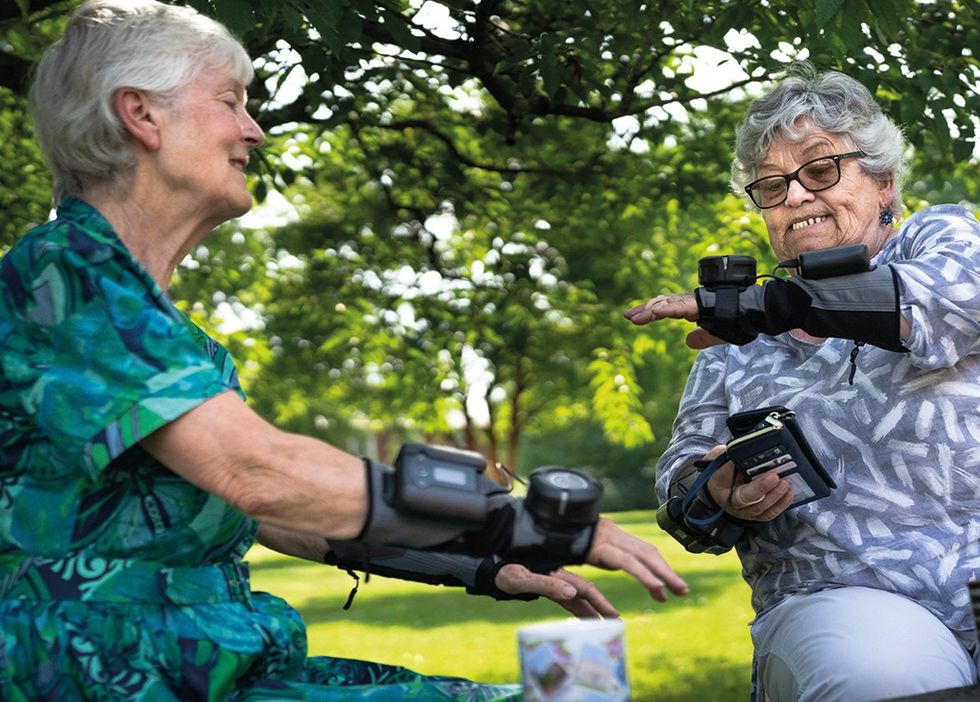 The GyroGlove dampens tremors in the wearer’s hand.GyroGear
The GyroGlove dampens tremors in the wearer’s hand.GyroGear
I’ve had Parkinson’s on my mind lately, since a friend was recently diagnosed and is already finding that hand tremors make it harder for her to perform simple tasks. So I’m very excited to try on the GyroGlove from GyroGear. The concept seems straightforward, and it may be one of the few wearables at CES that doesn’t have an AI angle. The doctor who developed the device reports that it took eight years to make it work. The glove incorporates a battery-operated gyroscope that resists hand movements, dampening tremors but allowing intentional movements to push through.
Do we really need a new way to cook?
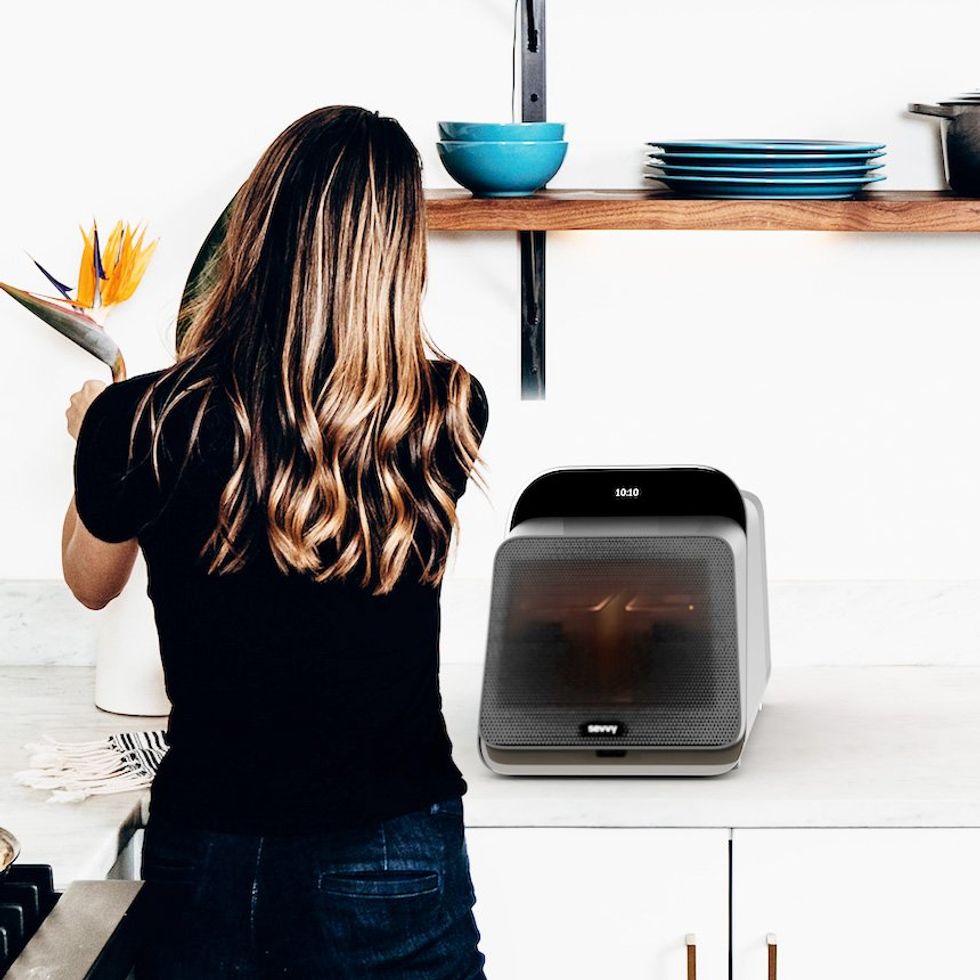 Sevvy’s Smart Cooker uses puled electric fields to cook food more efficiently.Sevvy
Sevvy’s Smart Cooker uses puled electric fields to cook food more efficiently.Sevvy
We’ve got microwaves, toaster ovens, steam ovens, sous vide, and air fryers, along with traditional gas and electric stoves—so do we really need another cooking technology? It’ll take a lot to convince me I need another countertop appliance, but I am curious about Sevvy’s attempt to use pulsed electric fields (PEF) for cooking and baking. To date, the technology has been used in the commercial food industry, mainly for pasteurization of liquid and semi-solid foods. But as far as I can tell, this Netherlands-based startup’s Smart Cooker represents the first attempt to use PEF in a consumer appliance.
Sevvy says its patented approach uses 90 percent less energy than traditional ovens do and retains more nutrients. The company promises a CES demo of baking blueberry muffins in three minutes.
Beware of cats bearing “gifts”
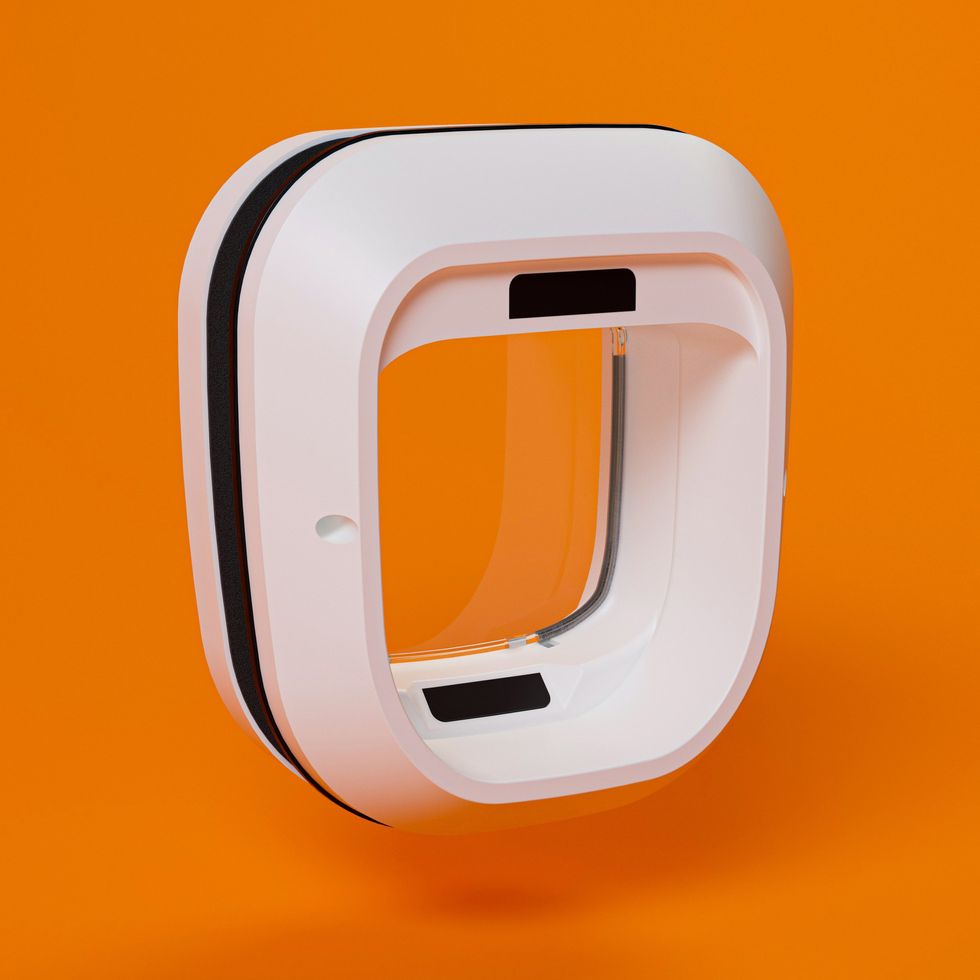 Flappie’s intelligent cat door filters out kitty’s hunting trophies.Flappie
Flappie’s intelligent cat door filters out kitty’s hunting trophies.Flappie
Admittedly, this gadget will be of interest to only a small subset of consumers, but for those affected, it addresses a real problem. And isn’t finding solutions to real problems what engineering is all about?
The problem: Some cats like to bring their owners “gifts”—gifts of prey, that is, from their hunting expeditions. The cats will carry the critters into the house, leaving owners to either dispose of the remains or chase a creature that had only been stunned. I do know people who have regular adventures involving the mice and lizards gifted by their cats.
The product, Flappie, is a cat door that recognizes a cat by its RFID chip and only opens when the cat is not carrying a “gift.” If it spots such a gift, it sends a photo to the owner’s phone, just in case the owner wants to override the device’s decision and let that lizard in. Flappie began as a student engineering project at ETH Zurich, and is expected to be available in the second quarter of 2024, at a presale price of $199 and a list price of $399.
Reference: https://ift.tt/C3RViMZ
No comments:
Post a Comment